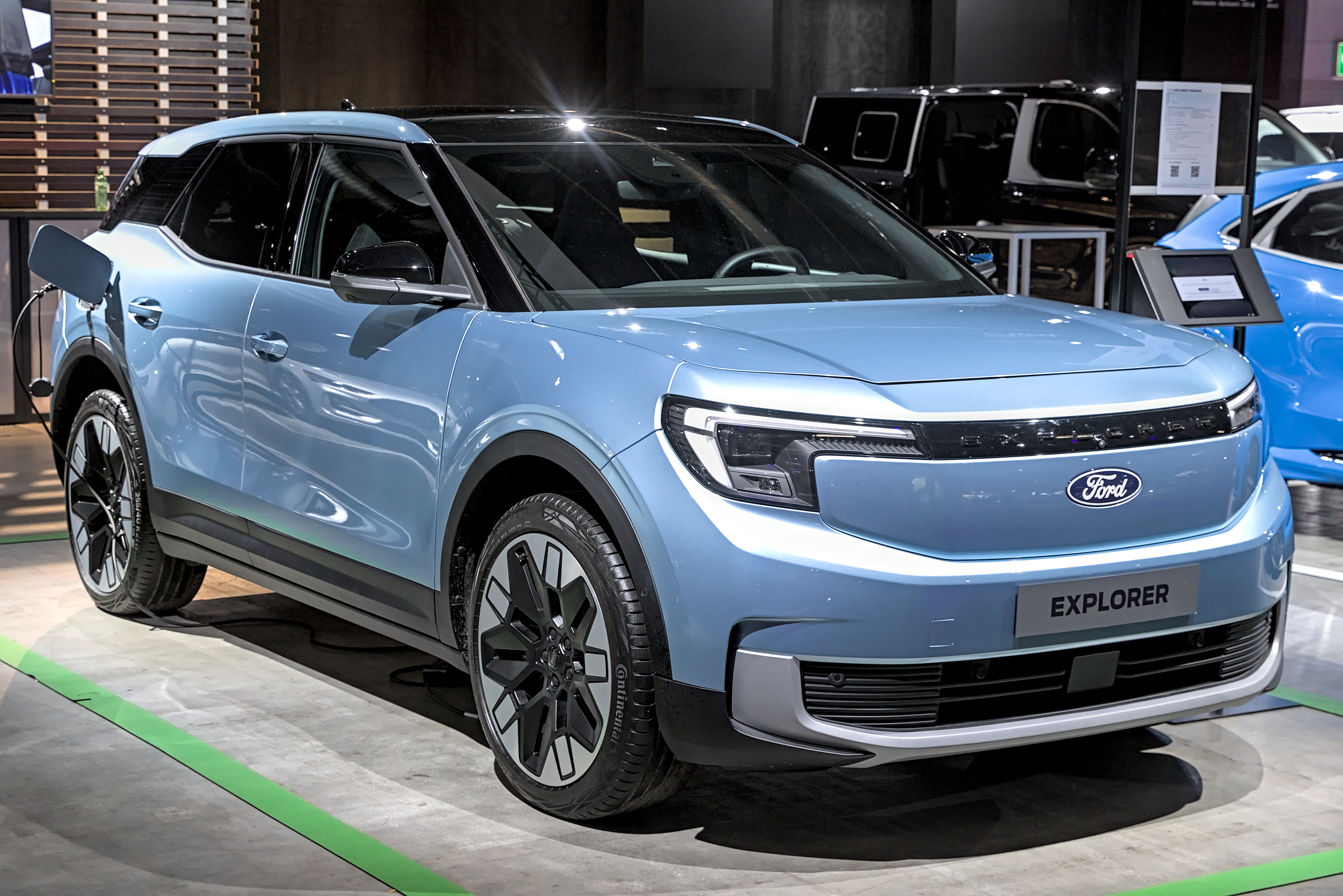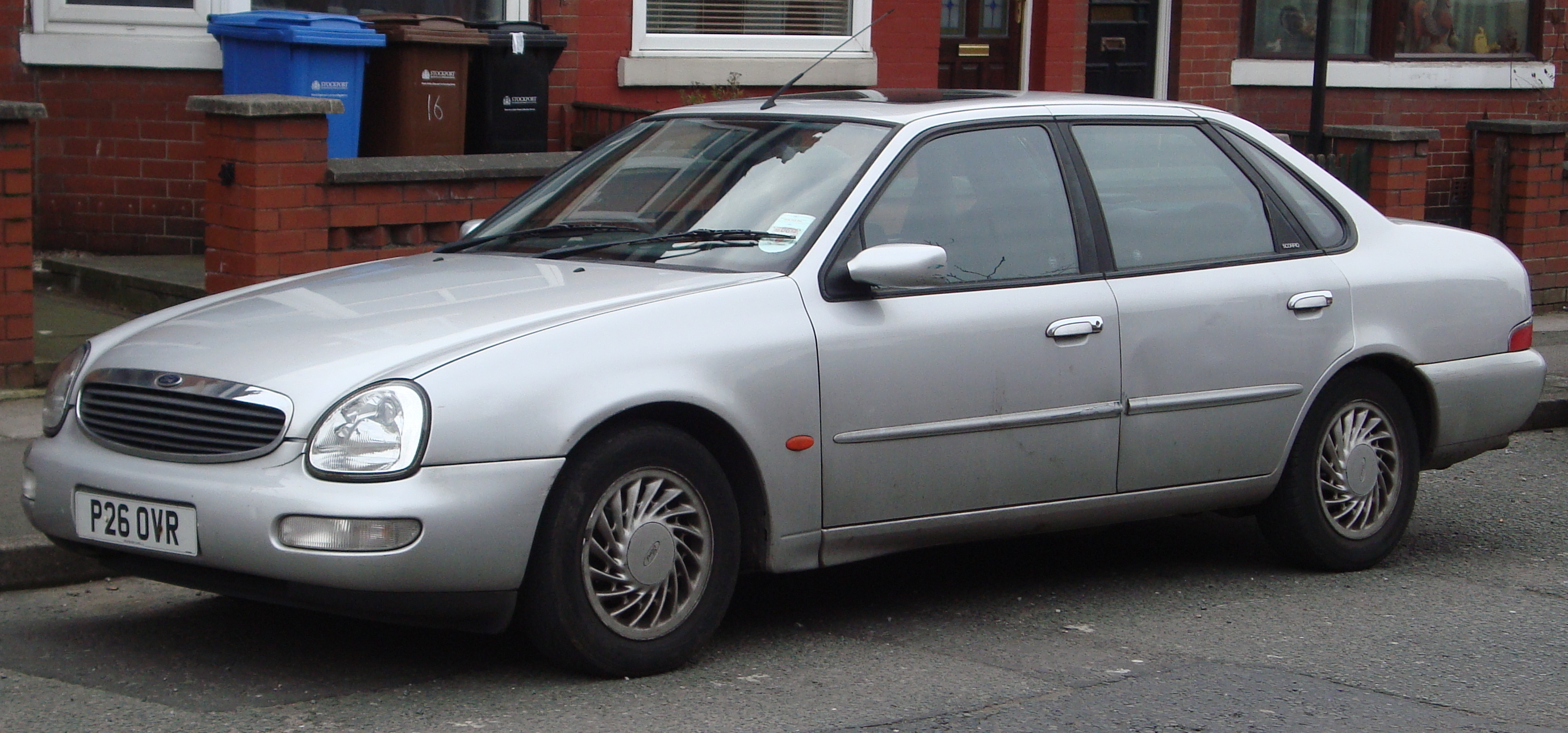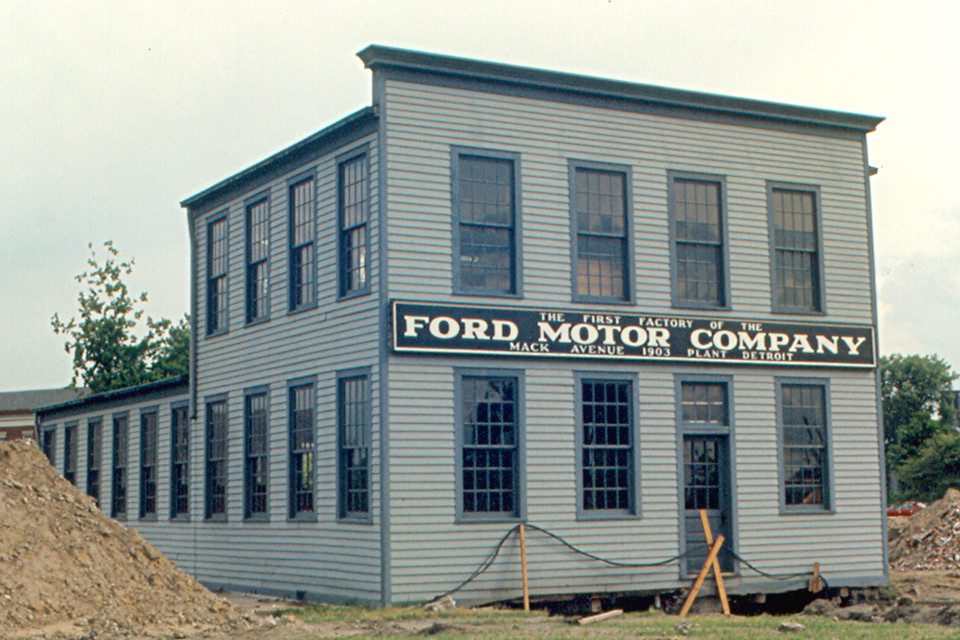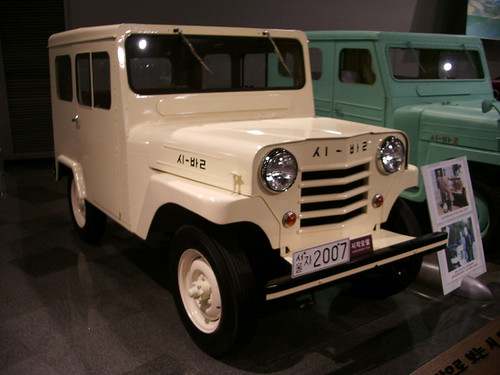
Ford Motor Company has carved a significant niche in the automotive world, creating iconic vehicles that resonate with fans across generations. However, every great brand has faced its share of challenges, and Ford certainly has its infamous failures that serve as cautionary tales. Over the years, the company has launched several models infamous for their mishaps, design flaws, and marketing missteps, and in this slideshow, we dive into the stories behind nine of Ford’s most notorious failures, each revealing unique insights into what went awry.

1. **Edsel**: One cannot discuss Ford’s failures without mentioning Edsel. Launched with significant fanfare in 1957, the Edsel was meant to fill a gap between Ford’s budget and luxury lines. However, production issues, a recession, and lackluster design led to its demise by 1959. It remains a classic example of a marketing miscalculation paired with unfortunate timing.

2. **Ford Pinto**: The Pinto is infamous for its appalling safety issues, earning the grim nickname “the barbecue that seats four.” Ford’s choice to ignore known defects in favor of cost-saving measures resulted in numerous fatalities. It’s a chilling reminder of corporate negligence and the high stakes of automotive safety.

3. **Ford Bronco II**: Launched as a compact version of the beloved Bronco, the Bronco II’s well-known rollover issues were a major concern even before it hit the market. Despite engineers warning against these dangers, Ford forged ahead, resulting in numerous lawsuits and a damaged reputation that would echo for years.

4. **Ford Explorer**: Following on from the Bronco II’s troubles, the Explorer faced its own safety scandal with tire failures leading to rollovers. The finger-pointing between Ford and tire manufacturer Firestone could not prevent the deaths and injuries that ensued, marking another blot on Ford’s safety record.

5. **Ford Focus’ Dual-Clutch Transmission**: This modern fiasco saw the once-popular Focus plagued with transmission issues. Ford’s alleged attempts to hide these problems only exacerbated customer dissatisfaction, highlighting a failure in both engineering and customer relations.
6. **Ford Five Hundred**: Introduced in the mid-2000s, the Five Hundred was a lesson in missed opportunity. It was a time when Ford needed a standout sedan, but the Five Hundred’s uninspired design and performance left it floundering in obscurity, quickly overshadowed by competitors.

7. **Ford Th!nk City**: As Ford’s ambitious venture into electric vehicles during the early 2000s, the Th!nk City ultimately turned out to be a commercial flop. The microcar’s impracticality for the American market, along with Ford’s missed opportunity to tap into European trends, led to its swift decline.

8. **Ford Mustang II**: Though the Mustang is a legendary nameplate, the Mustang II often stands out as its least celebrated version. Emerging during the fuel crisis of the 1970s, its lackluster performance often draws criticism, representing more the limitations of its time than a total failure in design.

9. **Ford EcoSport**: Recently put to rest, the EcoSport struggled to leave a mark in the crowded SUV market. With critiques focused on its quality and performance, its discontinuation signifies another misfire in Ford’s evolving strategy toward appealing to SUV-loving consumers.

10. **Ford Festiva**: Aimed at competing with other compact cars of the late ’80s and early ’90s, the Festiva fell short on multiple fronts. With underwhelming engine performance that only sufficed for urban driving, paired with a bare-bones interior and questionable build quality, the Festiva simply couldn’t win over consumers who sought more from their vehicles, ultimately proving to be a classic example of a missed opportunity.

11. **Ford Aspire**: Intended as a successor to the Festiva, the Aspire didn’t quite live up to its ambitious name. With its lackluster engine performance and uninspired design, it failed to stand out in a competitive market. The Aspire’s poorly handling characteristics and dated aesthetic meant it was quickly overshadowed by more modern competitors that offered better value and a more engaging driving experience.

12. **Ford Contour**: Launched in the mid-’90s, the Ford Contour faced challenges with cramped rear seating and a design that failed to resonate with the American public. Although it was acknowledged for its driving pleasure, many owners experienced frequent mechanical issues, tarnishing its reputation and preventing it from achieving the market success Ford had envisioned.

13. **Ford Granada**: Designed to introduce American drivers to a taste of European motoring, the Granada ultimately offered a far less refined experience. Its sluggish performance, unpolished handling, and subpar fuel efficiency made it difficult to sell, particularly during an era when oil prices were a major concern, leaving the Granada lingering in the market as a symbol of high aspirations that didn’t quite deliver.

14. **Ford Taurus (Early 2000s)**: The early 2000s models of the Taurus struggled due to outdated design and a lack of innovative features, which left them trailing competitors. With mechanical shortcomings, including transmission problems and unreliable engines, the Taurus’s former reputation took a hit, and its uninspired styling created a disconnect that made it hard for this iconic sedan to hold its ground.

15. **Ford Scorpio**: Known as the Merkur Scorpio in the United States, this car suffered from an identity crisis. Marketed as a luxury vehicle, it fell short in both build quality and brand recognition. Mechanical problems were frequent, and its odd styling did little to endear it to a market that preferred more established luxury brands. The Scorpio’s ambitious price tag didn’t help matters, leading to its downfall.

16. **Ford Freestyle**: Launched in the mid-2000s as a crossover blending SUV space with car-like handling, the Freestyle was a jack of all trades, master of none. Its continuously variable transmission (CVT) was unreliable and lacked the refinement of competitors’ offerings. As a result, the Freestyle suffered from a lack of identity, leaving consumers confused about what it truly offered, making it a blip in Ford’s lineup.

17. **Ford Escort (US)**: Although the US versions of the Escort enjoyed solid sales, they were often criticized for subpar build quality and a lackluster driving experience. Mechanical reliability was inconsistent, with issues cropping up across different model years, and while it served as an affordable option, it failed to capture the hearts of enthusiasts or consumers searching for more than just basic transportation.
Related posts:
Ford’s Biggest Car Flops Of All Time
Wikipedia
What Happened to the Car Industry’s Most Famous Flop?





